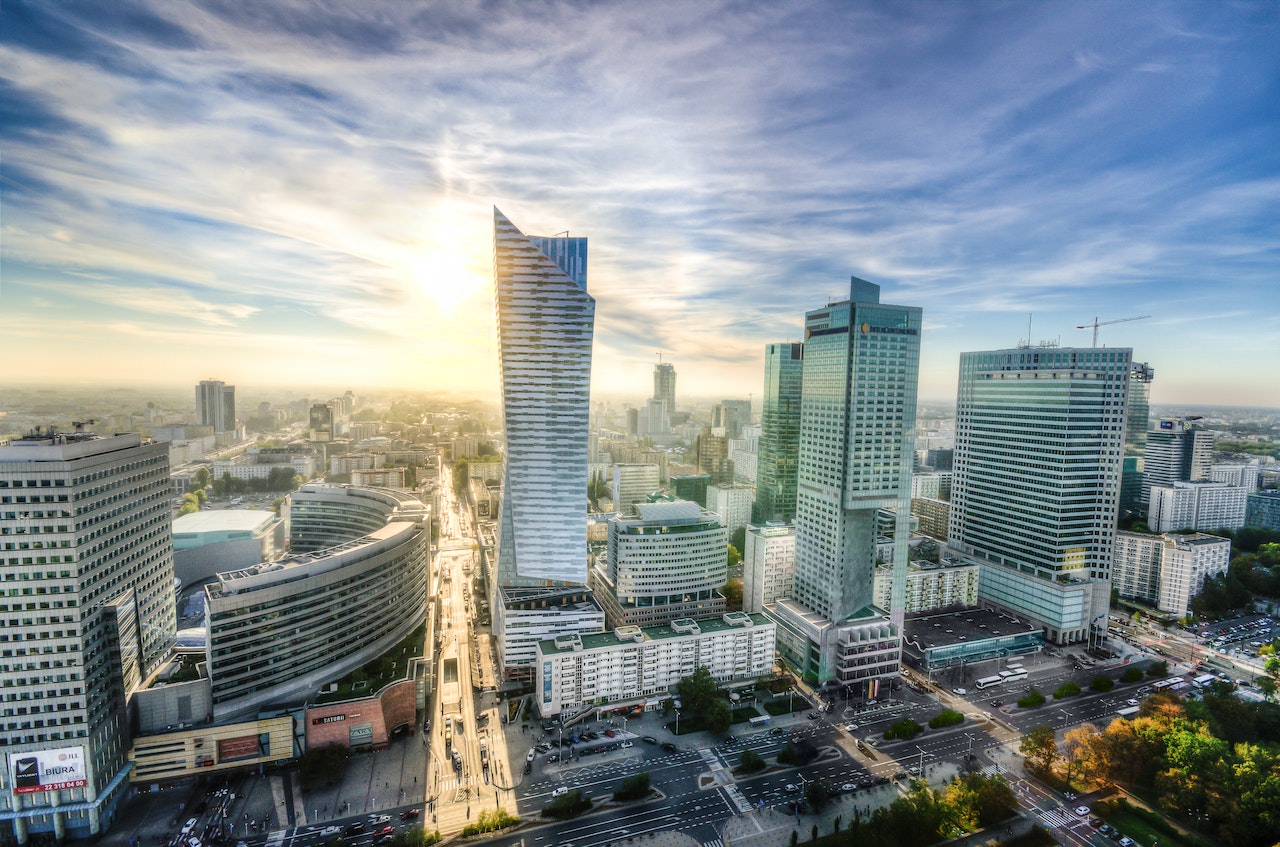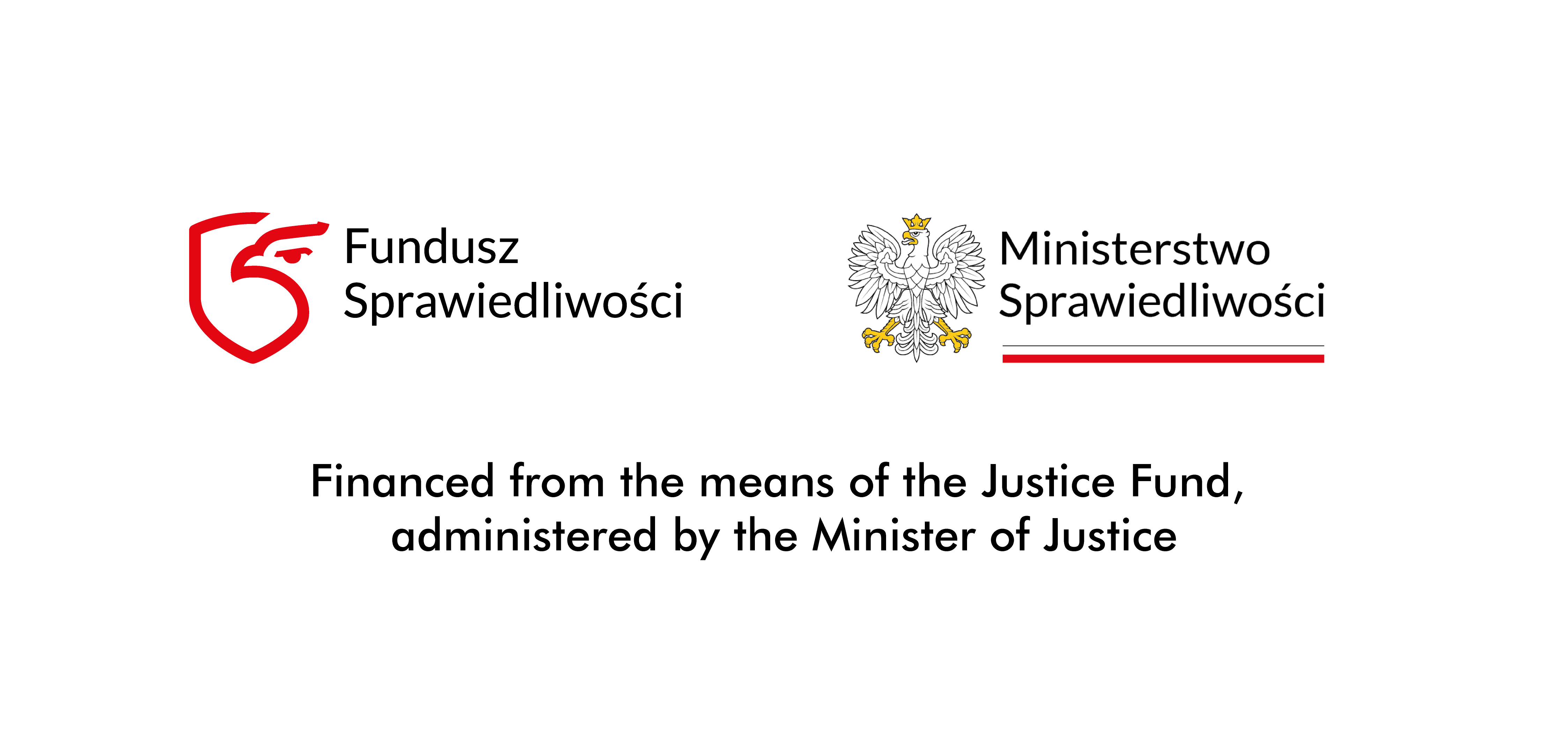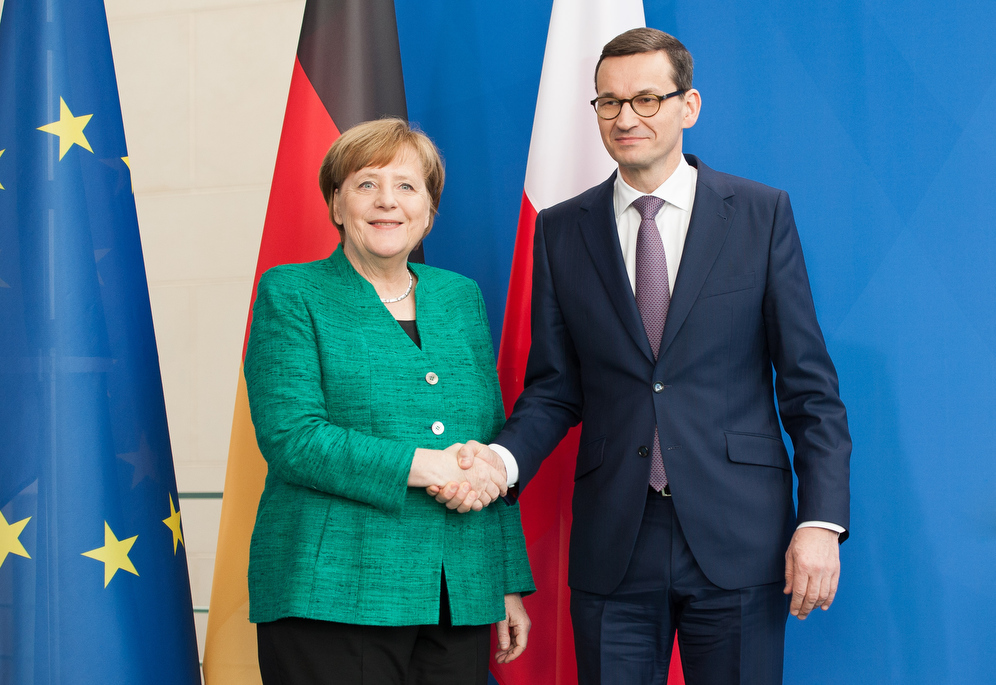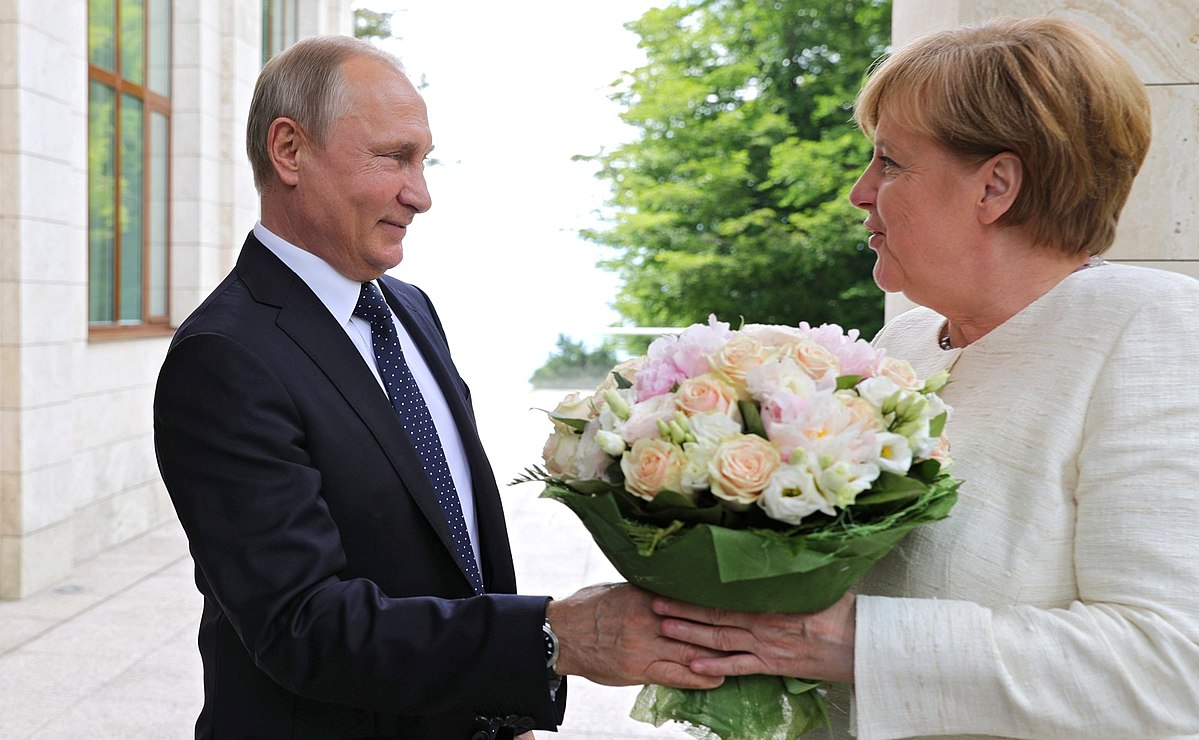The modern face of Poland’s economy

The Polish economy is not about to give up the leader’s jersey, and despite a number of risks – such as the war in Ukraine, continued high inflation, and turmoil in global commodity markets – it continues to grow at a rate that exceeds the forecasts of analysts. In terms of GDP growth in the first quarter of 2023, not only in Europe, but also in the OECD as a whole, Poland was unrivaled anywhere, according to data from the Organization for Economic Cooperation and Development (OECD), 2022 was also a record year for investment in innovation.
Jacek Przybylski
Between 1990 and 2020, Poland experienced as much as 857% GDP growth, placing it second among the world’s 25 largest economies in terms of the pace in which the economy grew during that period, the State of Poland Foundation reported in May, citing data from the International Monetary Fund. Also taking into account the highest GDP per capita growth between 1990 and 2020, Poland ranked very high, taking sixth place in the world and first among European countries.
The current strength of the Polish economy is best illustrated by a ranking showing de-seasonalized data on the change in GDP in the first quarter of 2023 compared to the fourth quarter of 2022. Poland, with a result of 3.8%, not only ranks first among 34 countries, but is very clearly ahead of other countries in the list, such as China (2.2%), Portugal (1.6%), Colombia (1.4%), and Finland (1.1%). In comparison, Israel boasts growth of 0.6%, Italy and Spain (0.5% each). The average for OECD countries is 0.4%, the EU as a whole is 0.2% above the line, and the Eurozone is 0.1%. Countries such as Hungary, Austria, the Netherlands, Lithuania, and Ireland, meanwhile, are in a deficit. Germany – Poland’s chief trading partner – also had a deficit of 0.3%.
Growing exports not only to Germany
Among the reasons for the exceptionally positive performance of the Polish economy were growing net exports – helped by both rising exports and falling imports – as well as investments. Thanks to Polish companies’ search for new markets and increased exports to countries such as France and the Czech Republic, the very weak performance of the German economy no longer had such a strong impact on the results of Polish entrepreneurs. Analysts at the Polish Economic Institute (PIE) calculated, based on data from the Central Statistical Office (GUS), that Poland’s trade surplus in the first quarter of this year was as high as EUR 2.9 billion.
The successes of the Polish economy over the past three decades are impressive not only among financial analysts, but also among foreign columnists and economists who study the issue of the wealth of nations. It was Poland and Vietnam that the German economist Rainer Zitlemann dedicated his book The Rise of the Dragon and the White Eagle. How Nations escape poverty to. Forecasts for the future are also optimistic. According to a report published in May by the Institute for Economic Forecasting and Analysis, the GDP growth rate will be 1.2% for the whole of 2023, and will increase to 3.5% in 2024.
It is worth noting that Polish entrepreneurs are performing brilliantly despite the significant increase in the minimum wage in recent years, which makes it increasingly difficult to compete with companies from other countries using only lower labor costs. Indeed, in terms of purchasing power parity, Poland hopes to catch up with Europe’s richest countries like Spain, Italy, and France within a decade. The British themselves forecast that as early as 2030 Poland will be richer than the UK.
First place in Europe
The excellent performance of the Polish economy is due, among other things, to the fact – as emphasized by government representatives in Warsaw – that Poland is one of the European leaders in the production of modern equipment and a provider of developed services.
One of the sectors in which elements of the Fourth Industrial Revolution are being intensively implemented is the broadly defined automotive industry in Poland. According to AutomotiveSuppliers.pl’s “The Automotive Sector in Poland” report, AutomotiveSuppliers.pl reports that despite numerous stoppages due to Russia’s invasion of Ukraine, the sold production of new motor vehicles, trailers and semi-trailers in 2022 exceeded PLN 200 billion in Poland for the first time, and according to the document’s authors, 2023 will most likely bring new records. The value of the automotive industry’s exports in 2022 amounted to more than EUR 39.7 billion, more than 21% higher than the year prior. The authors of the report noted that in 2022, it was the first time ever that exports per month exceed the level of EUR 4 billion, and succeeded in doing so twice (in October, when the value of exports was EUR 4.01 billion, and in November, when the value of exports was EUR 4.4 billion). This is extremely important data, as the automotive industry currently generates about 10% of Poland’s GDP.
Poland is one of the countries that is also able to take advantage of the revolution associated with the transition to zero-emission drives. Indeed, one of the future technology industries in which our economy is thriving is the production of lithium-ion cells. In this category, Poland last year ranked first in Europe and fifth in the world behind China, South Korea, the United States, and Japan.

According to Bloomberg data for 2022, in terms of production potential for batteries for electric cars, Poland has already moved up not only to the top of the podium in Europe, but is also second – after China – in the global lithium-ion battery supply chain. Only followed by the US, Hungary, Germany, Sweden, South Korea, Japan, or France.
They already account for about 2.5% of the value of all Polish exports, and major global giants such as BMZ, Capchem, Guotai Huarong, LG Energy Solutions, Mercedes-Benz Manufacturing Poland, Northvolt, SK Innovation, Umicore have already invested in Poland. LG Energy Solution Wrocław in Biskupice Podgórne has for several years been Europe’s largest electric car battery factory and the world’s leading producer of lithium-ion batteries for the automotive industry.
According to data provided in the report “Europe drives on Polish lithium-ion batteries. The potential of the battery sector in Poland and the CEE region” of the Polish Alternative Fuels Association (Polskie Stowarzyszenie Paliw Alternatywnych – PSPA), over the past five years the value of the sector in Poland has increased 38-fold from PLN 1 billion to more than PLN 38 billion in 2022. Meanwhile, it is estimated that the industry globally could grow as much as fifty times more over the next decade. According to experts, in order to maintain Poland’s high position in such a large market, skilled personnel, innovative entrepreneurs, and access to raw materials are necessary. According to PSPA forecasts, by 2027 Poland and Hungary should maintain their high positions in the global ranking of the largest battery producers, ranking 6th and 4th in the world, respectively.
Digital empire
A modern field that is one of the flywheels of the Polish economy is the provision of new technology services. According to the “Emerging Europe” report published in May 2023, Poland is one of the three most competitive markets for the IT industry in Central and Eastern Europe. Poland is among the fastest digitally developing countries on the Old Continent, and the value of exports generated by the IT services sector amounts to almost €10 billion, or 1.7% of total GDP.
Poland is doing well in this category not only compared to countries in the region, but also globally. According to a report by GBS World, Poland is the second – after Mexico – most attractive market in the world for outsourcing IT services. The high places in the rankings are confirmed by the numbers. The largest IT giants such as Microsoft, Google, Amazon Web Services, Adobe and Cisco have decided to invest billions of dollars in Poland over the past decade. Thanks to easy access to well-educated staff – already paid very often at a level similar to Western countries – many data centers, research centers or centers specializing in cloud solutions have been established in Warsaw, the Tri-City (Gdansk, Gdynia, Sopot) or Krakow.
In the prestigious “fDi European Cities and Regions of the Future” ranking published in February of this year, Warsaw was ranked sixth in the TOP10 in the overall category of major European cities, ahead of Stockholm, Munich, Berlin, and Barcelona, among others, second in the cost efficiency category, and eighth in the category of cities with economic potential ahead of Helsinki or Madrid. Among large European cities of the future, the report’s authors ranked Poland’s second-largest city, Krakow, third overall in the list of large European cities of the future, just behind Hamburg and Frankfurt am Main, and in first place in the business friendliness category. In seventh place, meanwhile, the authors of the ranking placed Poznań – the capital of Greater Poland ahead of Cologne, Stuttgart, and Antwerp, among others. Among the medium-sized cities of the future, meanwhile, Wroclaw was once again on the podium, maintaining its high third position, having recently attracted such large investors as Japan’s Hitachi. Also high among the medium-sized cities of the future were Bydgoszcz, Lodz, Gdansk, Szczecin, and Katowice, while among small cities the prestigious TOP10 categories included Legnica and Strykow, for example.
Pharmacy and agriculture 4.0
Among the most modern branches of the Polish economy is also the pharmaceutical and biotechnology industry. According to the Central Statistical Office, pharmaceutical production on the Vistula has been on the podium in terms of innovation for several years. Many global players in this industry are setting up huge R&D centers in Polish cities, engaging the best Polish engineers and implementing solutions aimed at both product innovation and in the implementation of modern business and production processes (such as automation, digitization, or robotization).
Entrepreneurs in the agricultural and food industries, which have become extremely modern sectors of the economy, are also investing heavily in innovation in Poland. It is thanks to innovation, among other things, that Poland ranks at the top of the European Union in terms of apple or poultry production. The technological solutions used in Poland not only match those of Western European countries, but are often more modern than them. Examples include milk or meat processing. Investments in automation allow Polish farmers and processors to increase productivity and become more competitive on the global market.

Polish entrepreneurs also do not lack enthusiasm and almost revolutionary ideas. Kutno, for example, has been home to the innovative production of romaine lettuce and sturgeon for several years, which Plantlab operates in an environmentally isolated microclimate and in a closed water cycle. As a result of Plantlab’s cooperation with the Institute of Horticulture and the Department of Ichthyobiology and Aquaculture of the Polish Academy of Sciences, as well as funding from the National Center for Research and Development, Poland has managed to build Europe’s most modern vertical aquaponic installation, or, as we read on the company’s website, one that “allows plants to be grown and fish to be grown in a closed cycle in almost any place – in the desert, in the middle of a city, regardless of climatic constraints.”
Poland a regional innovation center?
For Poland’s economy to continue to grow rapidly, it needs innovation. However, for years the Polish economy has lagged far behind many EU member states. The government in Warsaw is aware of this, which is why supporting innovation with the aim of transforming the country into an innovation center of Central and Eastern Europe is one of the priorities of the current authorities. It requires, among other things, much higher spending on research and development, tax breaks, etc. Robotization in industries where there is an increasing shortage of labor is therefore supported, among other things, by provisions in the government’s Polish Deal program, on the basis of which entrepreneurs can increase depreciation related to this type of investment by as much as 50%. The Polish Deal also introduced an R&D tax credit, as well as many other tax incentives, such as a prototype tax credit or a preferential accounting system for income from qualified intellectual property rights (the so-called IP BOX).
With the support of the Polish Investment and Trade Agency (PAIH), foreign entrepreneurs invested a record EUR 3.7 billion in Poland in 2022, almost 6% more than in 2021 and as much as 37% (or EUR 1 billion) more than in 2020. The largest investors last year were Germany, as well as Switzerland and Japan. According to PAIH data, foreign companies developed their activities in Poland in the e-mobility, BSS-IT business services, research and development (R&D), food, machinery and automotive sectors. The largest number of projects involved BSS (Business Support Systems) IT. With a special emphasis on innovation, this type of investment not only creates new jobs, often requiring very specialized knowledge, but also leads to more and more modern technologies and advanced know-how coming to Poland.
The government also encourages foreign companies to make high-tech investments in Poland, which can count on grants from the Polish Development Fund or subsidies from the European Funds for a Modern Economy program, for example. Funding for innovative projects is also offered by the National Center for Research and Development (NCBR), which has as much as EUR 2 billion this year to support ideas in the fields of digitization, sustainable development, closed-loop economy, among others.
Representatives of micro, small, and medium-sized enterprises, as well as social and economic organizations and students can also take part in the “Innovation for a digital, green, healthy and socially sustainable future” program. The goal of the program, which was announced in early June 2023 by the Ministry of Development and Technology, is to promote innovative solutions for the economy in the field of, among other things, new technologies or responsible use of the potential of artificial intelligence.
The program also aims to support entrepreneurs and other entities creating and implementing innovative solutions that can accelerate the “digital, green and social transformation of the economy,” such as through the development of a circular (closed loop) economy. “An economy based solely on the exploitation of natural resources is a road to nowhere and is a thing of the past. If we want Poland to continue to develop at the rate it has in recent years, we must be open to green solutions, modern technologies and innovation in the broadest sense. Only an economy built on such foundations can be competitive internationally and can develop dynamically,” stressed Development and Technology Minister Waldemar Buda in a communiqué published on government websites. The competition is held in three categories: “AI4US – Artificial Intelligence in the Service of People and Planet,” “Leader of Inclusive Innovation,” and “Technology of Tomorrow” (proposed innovative solutions may include clean technologies to support the green transformation of the economy, digital technologies to support digital transformation and increase the productivity of companies, and technologies for improving well-being, so-called Tech4Well-being, in terms of people’s health, comfort, and quality of life). The budget for this program alone is PLN 6.3 million, and the call for applications will end on August 31st.




